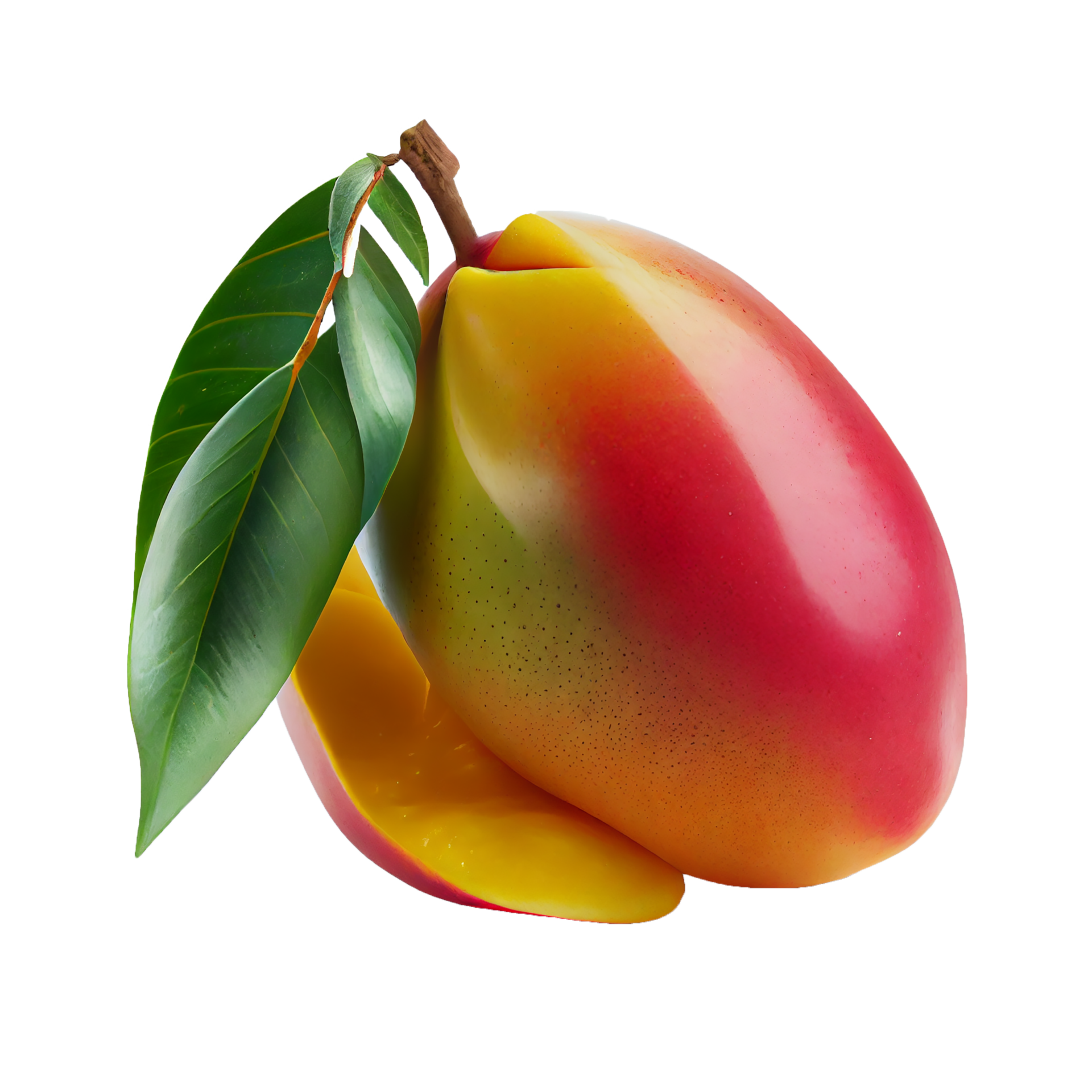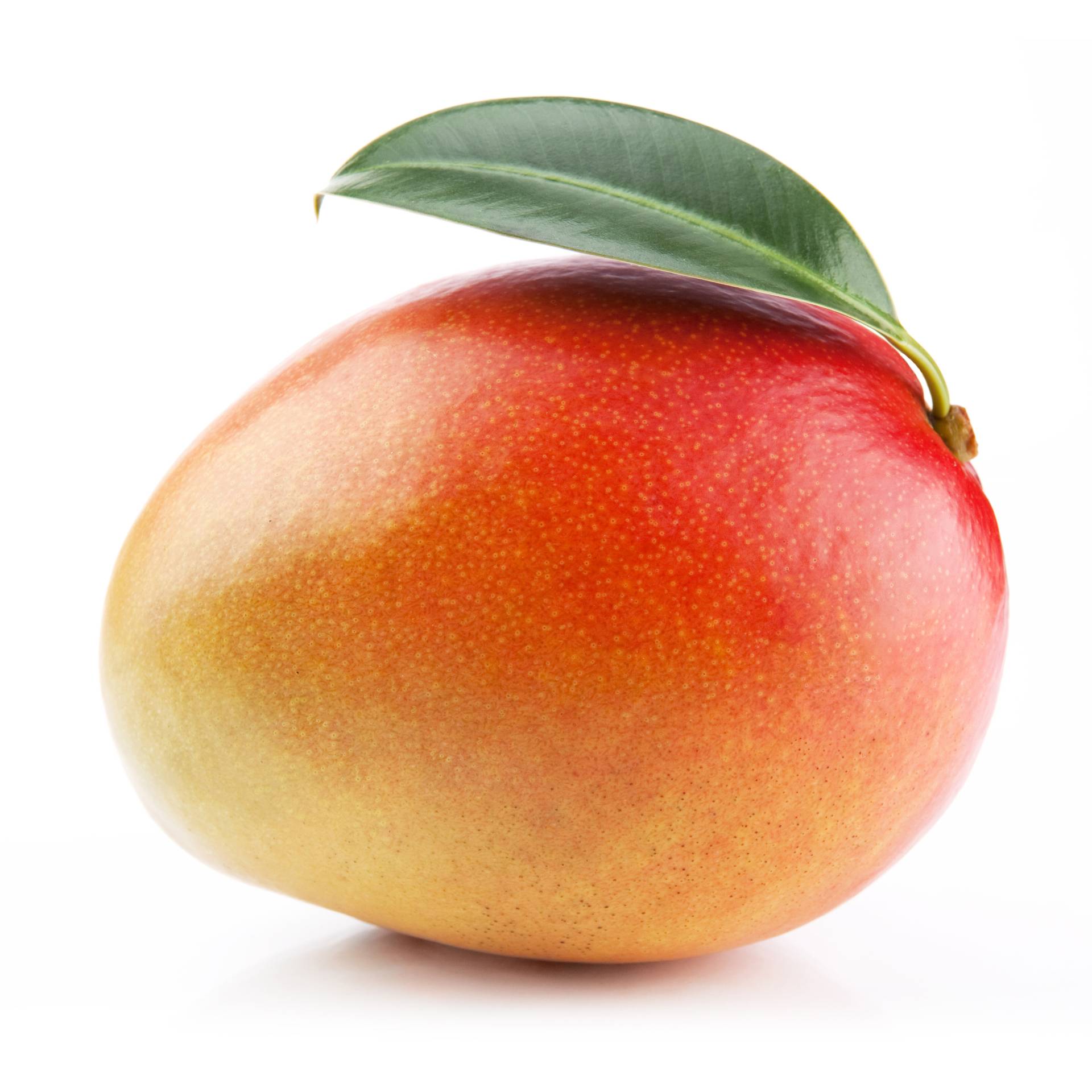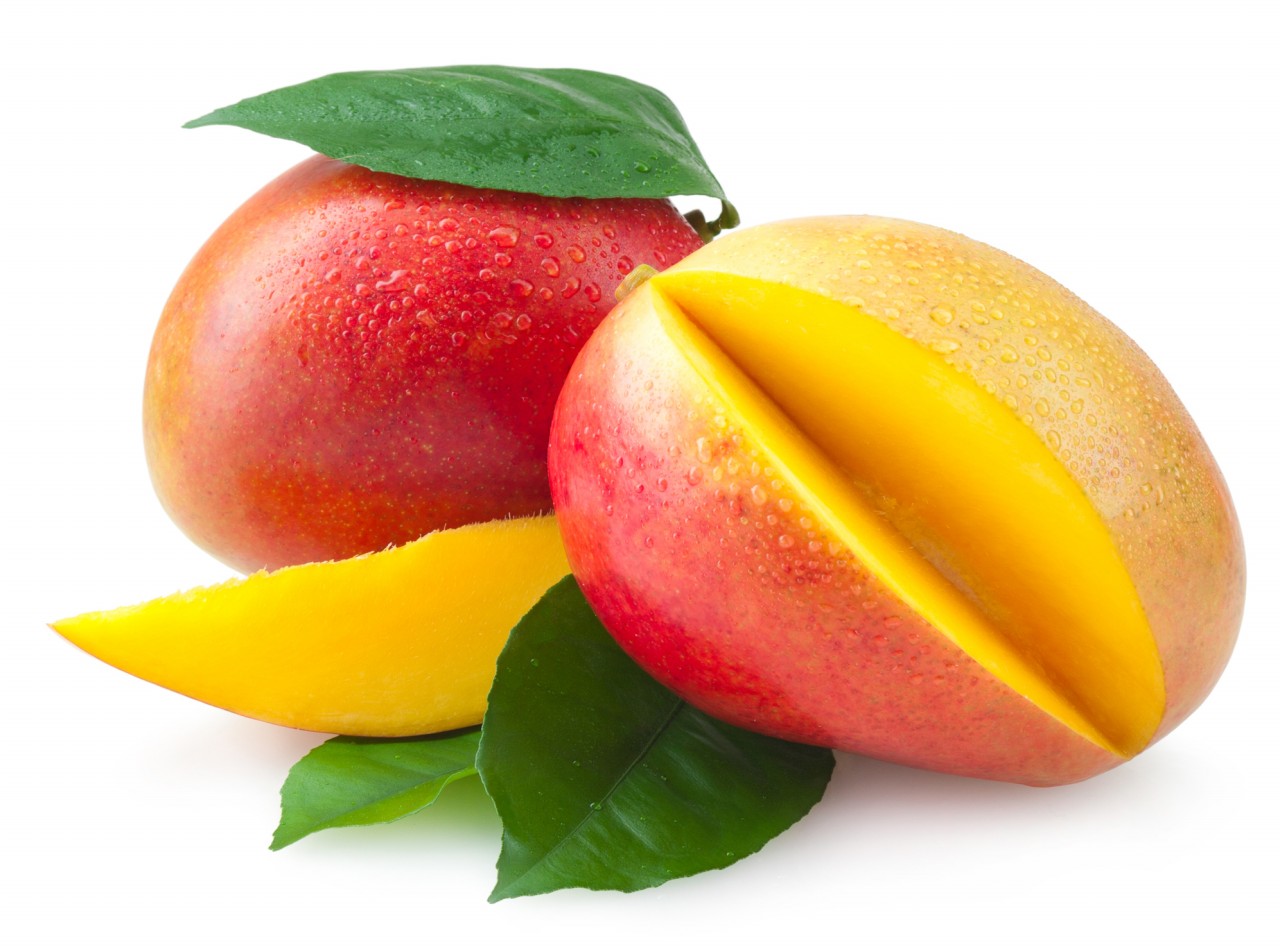Mango Pablo: The Quest For Perfect Tropical Flavor At Home
The Allure of Mango Pablo: Why Homegrown Reigns Supreme
The dream of a "Mango Pablo" begins with a simple desire: to have an endless supply of the best mangoes imaginable, right at your fingertips. Imagine stepping into your backyard and plucking a perfectly ripe fruit, its skin gleaming, its aroma intoxicating. This vision contrasts sharply with the common experience of buying mangoes. We've all been there – standing in line at the grocery store, paying a premium price for a mango that, more often than not, disappoints. Perhaps it's overly fibrous, lacks the expected sweetness, or was picked too early, resulting in a sour, unpalatable experience. As one passionate grower succinctly puts it, "Never again will I stand in line or pay premium price to sample a mango." This sentiment perfectly encapsulates the drive behind cultivating your own. When you grow your own, you control the ripeness, the care, and ultimately, the quality. The difference between a store-bought mango and one "fresh, right out of the peel" from your own tree is monumental. It's not just about convenience; it's about an unparalleled freshness and flavor profile that mass-produced, shipped fruit simply cannot replicate. The "Mango Pablo" isn't just a fruit; it's a testament to the superior taste and satisfaction that comes from nurturing your own tropical bounty. Having "every variety that I like producing in my backyard" becomes not just a hobby, but a lifestyle choice that guarantees a superior culinary experience.Decoding Mango Quality: Beyond Just Sweetness
What truly defines a "Mango Pablo" experience? It's more than just sweetness. It's a complex interplay of factors: texture, aroma, fiber content, and the perfect balance of sugars and acids. One common pitfall is the "overly sour mango," which is usually a clear sign that it was picked too early and simply isn't ripe enough. A truly great mango has been allowed to mature on the tree, developing its full flavor potential. Beyond ripeness, other characteristics contribute to the overall quality. Consider the issue of fiber. While some varieties are inherently more fibrous, the ideal "Mango Pablo" often boasts a "smaller mango with low fiber," offering a smooth, melt-in-your-mouth experience. This is where exploring different varieties becomes crucial. For instance, varieties like 'Bolt' have been noted for their quality, with some growers finding them "quite good." Even more impressive are varieties like 'Mmm4,' which one grower hails as "the champ" due to its "wonderful mango" flavor and, significantly, its proven resistance to diseases, resulting in "clean fruits, unlike many" other trees. This disease resistance is a game-changer for home growers, ensuring a higher yield of blemish-free, high-quality fruit. Understanding these nuances allows you to not just grow *a* mango, but to specifically cultivate the traits that define your personal "Mango Pablo."The Art and Science of Mango Cultivation
Growing mango trees, especially in regions that aren't inherently tropical, is both an art and a science. It requires dedication, knowledge, and a willingness to adapt. But the rewards, particularly when you harvest your first "Mango Pablo," are immeasurable.Overcoming Environmental Hurdles
For many aspiring mango growers, the dream of a bountiful harvest is often tempered by environmental realities. As experienced cultivators know, "the three major problems growing mango trees here is the cold weather, diseases and high pH soils." These challenges can be significant, but they are not insurmountable. Cold weather is perhaps the most immediate threat. Mango trees are tropical and thrive in warm conditions. Temperatures around "60F isn't really warm enough for mango," and at "60 media temperature the roots are barely functioning." This means that in cooler climates, careful site selection, protection strategies (like covering trees during cold snaps), or even growing in containers that can be moved indoors, become essential. For areas where mango trees "can grow unprotected outdoors," growers still face issues like unexpected cold fronts or prolonged cool periods that can stress the trees and reduce fruit production. High pH soils are another common problem. Mangoes prefer slightly acidic to neutral soils. In alkaline conditions, trees can struggle to absorb essential nutrients, leading to deficiencies and stunted growth. Amending the soil with organic matter, sulfur, or specific acidic fertilizers can help lower the pH over time. Disease management, as previously mentioned with the 'Mmm4' variety, is also a continuous battle. Regular monitoring, proper pruning for air circulation, and timely application of fungicides (if necessary and safe) are vital to keeping your trees healthy and productive, ensuring that your "Mango Pablo" fruits remain pristine.The Foundation: Soil and Container Growing
The right soil mix is fundamental to a mango tree's health, especially if you're growing in containers. Many successful growers, like those who purchased trees from reputable sources, often receive specific recommendations. One such recommendation highlights the use of "Fafard 3B mix" for container-grown trees. This specialized mix provides the ideal balance of drainage, aeration, and nutrient retention crucial for robust root development. When growing in pots, maintaining the correct "media temperature" is just as important as air temperature. As noted, if the soil temperature drops to 60°F, the roots become sluggish, severely impacting the tree's ability to absorb water and nutrients. This underscores the need for thoughtful container placement, perhaps on heat-absorbing surfaces or even using root heating mats in cooler seasons. For larger trees, especially those destined to become a source of "Mango Pablo" fruits, ensuring adequate pot size and regular repotting is key to preventing root bound issues and promoting continuous growth. The foundation you lay with your soil and container choices directly influences the vigor and fruiting potential of your mango tree.Grafting: Your Gateway to Diverse Mango Pablo Varieties
Once you've planted your mango trees, your journey isn't necessarily over; in fact, for many, "that's the time to start grafting." Grafting is an indispensable technique for mango enthusiasts, allowing you to propagate specific desirable varieties and even cultivate multiple types of "Mango Pablo" on a single rootstock. It's how you can transform a generic seedling into a tree that produces the exact fruit characteristics you desire. The process involves joining a scion (a small shoot or bud from a desired variety) onto a rootstock (the established root system of another tree). This allows you to bypass the long wait for a seedling to mature and fruit, and ensures that the new growth will bear fruit identical to the parent tree from which the scion was taken. There are countless grafting methods: "cleft, side cleft, veneer, and bud grafts on mango," each with its own nuances and ideal applications. While the prospect of grafting can be daunting, and initial attempts might yield "a solid and admirably consistent 0% takes," persistence is key. Even experienced growers face setbacks, as humorously noted by one who had to "resurrect this post to share" their struggles. The learning curve is real, but the payoff is immense. For those looking to expand their collection or acquire specific "Mango Pablo" varieties, purchasing "mango budwood again" is a common practice. This budwood, typically sold at a cost of "$4 per scion + shipping," provides the genetic material needed for successful grafting. For local enthusiasts, the convenience of picking up budwood "in person straight from the farm in West Palm Beach" highlights the community and accessibility of these resources. Grafting is not just a skill; it's a vital tool for any serious mango grower aiming to curate a diverse and high-quality collection, bringing them closer to their ideal "Mango Pablo" harvest.Navigating Common Mango Growing Challenges
Even with the best intentions and meticulous care, growing mangoes comes with its share of challenges. Recognizing and addressing these issues proactively is crucial for ensuring the health and productivity of your trees, ultimately leading to a successful "Mango Pablo" harvest.Disease and Pest Management
As previously touched upon, diseases pose a significant threat to mango trees. Fungal infections, bacterial spots, and various blights can quickly decimate leaves, flowers, and fruits. This is where the choice of variety, like the disease-resistant 'Mmm4,' truly shines, proving "to be more disease resistant than most other trees in our collection." Its ability to produce "clean fruits, unlike many" others, significantly reduces the need for constant chemical interventions, making the cultivation of your "Mango Pablo" more sustainable and enjoyable. Beyond variety selection, good cultural practices are paramount. Proper air circulation through strategic pruning, maintaining cleanliness around the tree base, and avoiding overhead irrigation that keeps foliage wet for too long can all help prevent disease outbreaks. Integrated Pest Management (IPM) strategies, which combine biological, cultural, and chemical controls, are also essential for dealing with common mango pests like fruit flies, mites, and scale insects. Regular inspection of your trees for early signs of trouble allows for timely intervention, protecting your potential "Mango Pablo" crop from harm.Sprouting Seeds and Early Growth
The journey of a mango tree often begins with a seed, but even this seemingly simple step can present hurdles. "Quiet recently when trying to sprout mango seeds, stuck with mold/fungus issues, it spreads from one seed to others…" This highlights a common problem for those attempting to grow mangoes from seed. High humidity, lack of air circulation, and contaminated media can all contribute to fungal growth, which can quickly destroy an entire batch of sprouting seeds. To mitigate these issues, it's advisable to use sterile potting mix, ensure good drainage, and provide adequate ventilation. Some growers even pre-treat seeds with a mild fungicide solution or a hydrogen peroxide bath to inhibit fungal growth. Patience is also key during this early stage. The path to growing a magnificent "Mango Pablo" tree is a marathon, not a sprint. As one grower humorously recounted a recurring dream where a "caped crusader that looks like a mango" advised them, "you know you can't do that yet with the big pots," it serves as a whimsical reminder that young trees need time to grow into larger containers and eventually, into fruit-bearing giants. Understanding these initial challenges and how to overcome them sets the stage for a successful and rewarding mango cultivation experience.The Unforgettable Mango Tasting Experience
The ultimate reward for any mango grower is, of course, the taste. But beyond simply eating a mango, there's an entire culture around tasting and appreciating the nuances of different varieties. This is where the "Mango Pablo" truly comes into its own – not just as a fruit, but as the benchmark against which all others are measured. Imagine a gathering of enthusiasts, much like the "mango taste test" that brought "about 30 people, give or take," together at a Starbucks in Punta Gorda. Such events are vibrant opportunities to compare notes, discover new favorites, and truly understand the spectrum of flavors, textures, and aromas that mangoes offer. Some varieties might be intensely sweet, others have a citrusy tang, some are creamy, while others possess a delightful resinous note. The fresh fruit, right out of the peel, is indeed "by far the" best way to experience it. For some, there might even be a slight reaction to the "urushiol" in the skin or sap, similar to poison ivy, but for true aficionados, this minor inconvenience is a small price to pay for the unparalleled flavor. In such a setting, a "Mango Pablo" would stand out. It would be the one with the perfect balance, the exquisite aroma, the smooth, fiber-free flesh, and the lingering aftertaste that leaves you craving more. It embodies the collective desire for the perfect mango experience, one that is "hard to avoid... everywhere because it's so popular" and universally celebrated for its superior qualities. These tasting sessions not only deepen one's appreciation but also guide growers in selecting the next "Mango Pablo" varieties to add to their collection, ensuring their backyard orchard continues to produce exceptional fruit.Building Your Own Mango Pablo Orchard
The journey to cultivating your own "Mango Pablo" orchard is a continuous process of learning, experimenting, and celebrating small victories. It begins with the initial decision to plant, but as we've learned, "once you plant your trees, you're not necessarily done." It's an ongoing commitment that transforms a simple backyard into a vibrant, productive tropical haven. For many, this journey involves acquiring a diverse range of trees. One grower proudly states, "I have 10 mango trees and all but one have" thrived under their care, showcasing the potential for a substantial home orchard. This diversity allows for an extended harvest season, as different varieties ripen at different times, ensuring a continuous supply of fresh fruit. It also provides an opportunity to discover new favorites and identify which varieties perform best in your specific microclimate, ultimately helping you pinpoint your personal "Mango Pablo." Building your orchard also means engaging with the wider mango community. Sharing experiences, exchanging budwood, and participating in taste tests are all part of the rich tapestry of mango cultivation. This collaborative spirit fosters a deeper understanding and appreciation for the fruit. Whether you're starting with a single tree or planning a multi-variety grove, the satisfaction of nurturing these magnificent plants and eventually harvesting your own perfect "Mango Pablo" is an incredibly rewarding experience that connects you directly to the earth and the vibrant world of tropical fruit.Final Thoughts on Your Mango Pablo Journey
The quest for the "Mango Pablo" is more than just about growing a fruit; it's about pursuing excellence, embracing the challenges of nature, and ultimately, savoring the unparalleled reward of a truly homegrown tropical delight. We've explored the allure of having fresh mangoes at your fingertips, delved into the characteristics that define a superior fruit, and navigated the intricacies of cultivation, from overcoming environmental hurdles to mastering the art of grafting. We've also touched upon the common challenges, like disease and seed sprouting issues, and the sheer joy of a communal mango taste test. Remember, the journey to your ideal "Mango Pablo" is a personal one, filled with learning and discovery. It's about finding what works best in your unique environment and for your palate. So, whether you're starting with your very first seed, grafting a new variety onto an existing tree, or simply dreaming of that perfect bite, know that the effort is truly worth it. Are you ready to embark on your own "Mango Pablo" adventure? What's your favorite mango variety, or what challenges have you faced in your own growing journey? Share your thoughts and experiences in the comments below! And if you found this guide helpful, please share it with fellow fruit enthusiasts. Explore our other articles for more tips on cultivating your dream garden.
Mango fruit png, Mango on transparent background 22825532 PNG

Mango - Zubereitung und Fakten zur Frucht

Mango - Mango - Clean Responsive WordPress Blog Theme